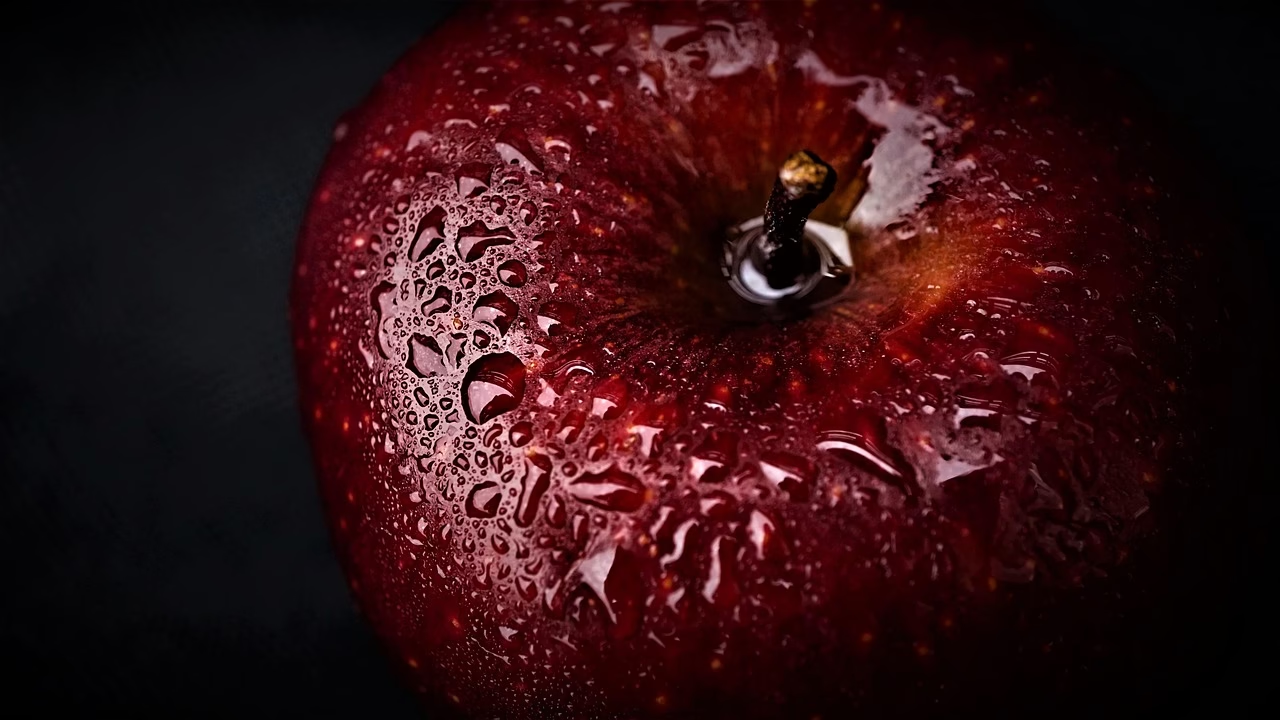Turmeric-Garlic ‘Methylation Diet’ Reverses Biological Age b
July 8, 2025 | by Rachel Bloom

Can Eight Weeks with Turmeric & Garlic Really Rewind Your Biological Age?
Exploring the science—and soul—of the newly buzzed-about “Methylation Diet.”
Like many of you, I cherish birthdays. They mark how far we have traveled, not just around the sun, but through experiences that deepen our perspective. Yet there is an irresistible fascination with biological age—the molecular tally of how efficiently our cells repair, detoxify, and communicate. Imagine trimming years off that internal clock in roughly the time it takes a houseplant to root in water. That’s precisely what a small but headline-grabbing study from the University of Washington and the National University of Natural Medicine suggests.
The Study in a Turmeric-Tinted Nutshell
Researchers enrolled 38 healthy men, ages 50–72, in an eight-week lifestyle program centered on what they call a “Methylation Diet.” The menu starred polyphenol-packed foods thought to influence DNA methylation—the biochemical process that switches genes on or off. Prominent on the plate were turmeric and garlic, supported by rosemary, mixed berries, green tea, and oolong tea. Participants also practiced nightly breathing meditation, slept 7–8 hours, and moved their bodies with moderate exercise.
After just two months, the men’s epigenetic markers indicated an average 2-year reduction in biological age—some shaved off as much as nine years. A sister trial in women showed comparable trends. Weight loss occurred but did not predict age reversal, underscoring that these foods may be doing more than trimming waistlines.
How Turmeric & Garlic Speak the Language of Your Genes
Every cell keeps a tidy library of DNA. Methyl groups—tiny carbon-and-hydrogen tags—are like sticky notes telling librarians which books to shelve and which to spotlight. Over time, environmental stressors scatter those notes, causing genes tied to inflammation, detoxification, or cellular housekeeping to misbehave. Certain plant polyphenols appear to gently reorganize the library.
Curcumin’s Golden Touch
The vibrant pigment in turmeric, curcumin, regulates DNA methyltransferases and dampens NF-κB, a master switch for inflammatory genes. In doing so, it may preserve telomere length and mitochondrial vigor—two hallmarks of youthful cells.
Garlic’s Allicin Arias
Slice fresh garlic and you release allicin, a sulfur-rich compound that not only neutralizes free radicals but also modulates the PI3K/AKT/mTOR pathway, a metabolic conductor linked to longevity and cancer prevention.
Weaving the Methylation Diet into Real Life
1. Wake Up to Golden Tea
Simmer ½ teaspoon ground turmeric, a pinch of black pepper (boosts curcumin absorption), and a slice of fresh ginger in unsweetened oat milk for five minutes. Sip slowly, noticing warmth spread through your chest—a grounded way to greet the day.
2. Lunch with a Garlic-Blushed Bowl
Toss massaged kale, quinoa, roasted beets, blueberries, and pumpkin seeds with a dressing of minced raw garlic, lemon juice, and extra-virgin olive oil. The bite of raw garlic retains more allicin; the berries lend anthocyanins that complement turmeric’s curcumin later in the day.
3. Evening Harmony Plate
Pan-sear cauliflower florets dusted in turmeric, cumin, and cinnamon until golden. Serve over warm lentil-rosemary stew (if you tolerate legumes) or sautéed spinach. Close with a cup of lightly brewed oolong or matcha.
Beyond the Menu: Lifestyle Amplifiers
Participants meditated ten minutes twice daily. Short, mindful breathing lowers cortisol, itself a modulator of methylation. Consistent sleep allows the brain’s glymphatic system to sweep away metabolic debris that can oxidize DNA. And moderate movement—brisk walking, tai chi, cycling—activates autophagy, your cells’ tidy-up cycle.
Thoughtful Caveats
- Small sample, big headlines: Thirty-eight men from a single geographic area cannot represent humanity. Larger, longer trials across ages, ethnicities, and health conditions are essential.
- No magic without context: Supplements alone won’t replicate whole-food synergy or lifestyle balance. When we chase isolated molecules, we risk overlooking the wisdom of complexity.
- Listen to your body: High-dose turmeric can thin blood; raw garlic may irritate sensitive stomachs. Introduce gradually, especially if you’re on medications or have gallbladder issues.
A Personal Reflection
I began sprinkling turmeric on my morning avocado toast years ago, long before epigenetic clocks entered wellness vernacular. What keeps me committed isn’t the promise of fewer wrinkles but the gentle hum of vitality—clearer thoughts, steadier moods, quicker recovery after hikes with my dog, Luna. Science now offers molecular snapshots validating what many traditional healing systems observed through stories: foods that smell of earth and spice can anchor us to a longer, richer life.
If you feel drawn to this golden-garlic path, let curiosity, not fear of aging, be your guide. Cook with intention, breathe deeply, and notice how your body responds. Whether your biological clock rewinds two years or two months, the practice of nourishing yourself wholeheartedly is, in itself, time well spent.

RELATED POSTS
View all



